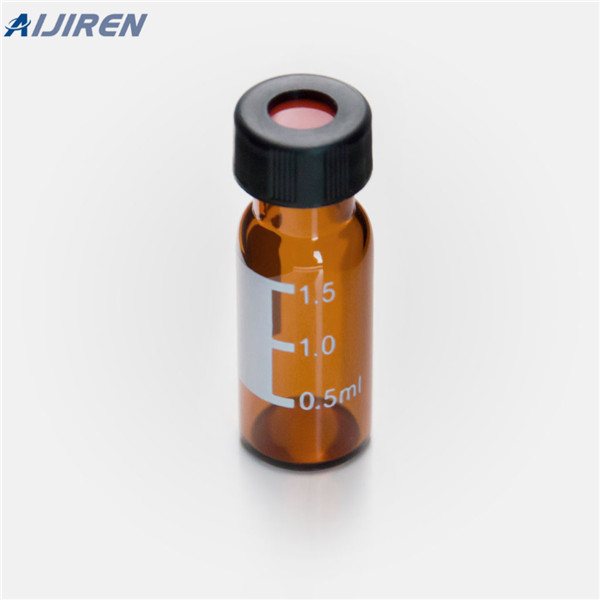
Thermoset Phenolic & Urea are known for providing the widest range of chemical compatibility and for being the most temperature tolerant of plastic closures. Thermosetting plastics (thermosets) such as phenolic resins are polymers that irreversibly cure; thus phenolic caps and closures cannot be remelted after they are formed (although some liners may melt).

There are many factors to consider in selecting the proper vial: Needle design Optic and robotic specifications
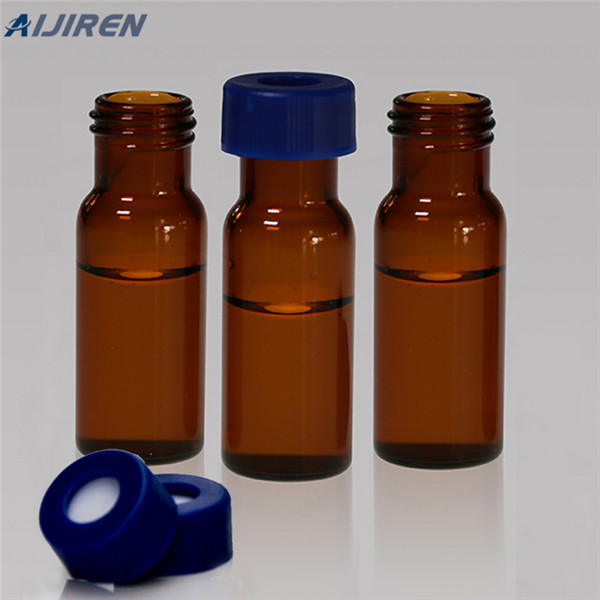
Autosampler Vials and Caps for HPLC, LC-MS, GC, and GC-MS. Thermo Scientific vials and closures are available in a wide range of options to fit every HPLC, GC, and MS instrument—as well as your application and budget. Thermo Scientific Autosampler Compatibility Chart (PDF, 192 KB) Performance Level 1: Everyday Analysis
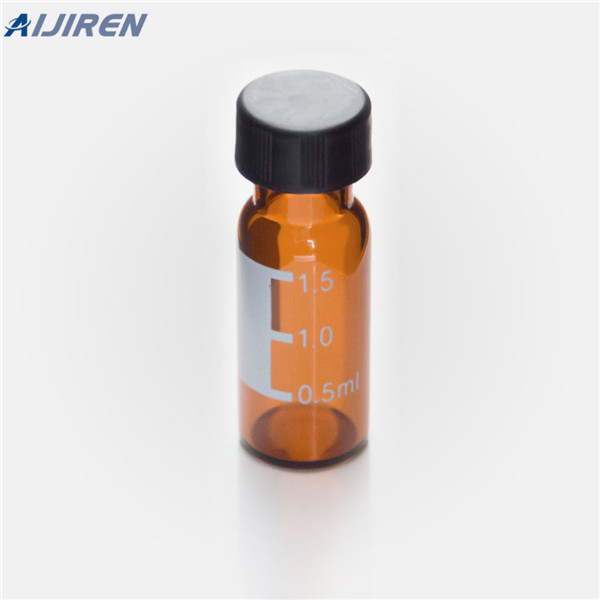
Overview Diferent septa material for LC and GC applications There are many diferent types of materials used to produce the septa found in LC and GC vial caps. This document will provide you with the technical guidance you need in order to make the right selection. Choosing the right septa
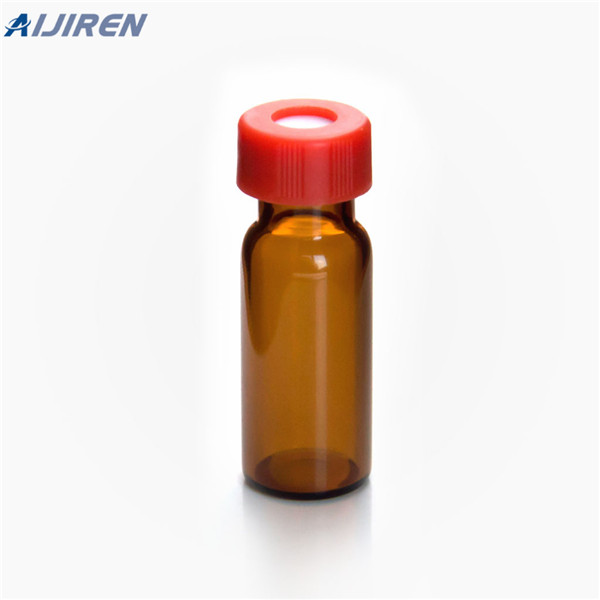
The chemical compatibility of elastomers is crucial since rubber can degrade rapidly if the material is not compatible with the chemicals it touches. Rubber Chemical Compatibility Chart : Check the chemical compatibility of nitrile, buna and polyurethane rubber with various chemicals, solvents, alcohols and other products.

West Ready Pack ™ System. 4040 LyoTec ® Stoppers. Daikyo D Sigma ® Stoppers. Daikyo ® RUV and RSV Stoppers. Envision ® Stoppers. FluroTec ® Barrier Film Stoppers. LyoTec ® Stoppers. Westar ® Select Stoppers. 4031/45 Westar ® Select Stoppers for Animal Health.

Jan 18, 2013 · 1. Thread screw cap 2. Lug cap 3. Crown cap 4. Pilfer proof closures. Materials used for making closures:-1. Cork 2. Glass 3. Plastic 4. Metal 5. rubber. A closure for a container for an aqueous parenteral preparation or for a sterile powder is a packaging component which is in direct contact with the drug.

Oct 21, 2022 · Oct. 21st, 2022. The septa and vial caps are essential parts of HPLC vials. The vial cap serves as a barrier, keeping outside contaminants out of the vial and preserving the integrity of the sample. The septa, a seal between the injection needle and the vial composed of silicone, PTFE, or rubber, ensure accurate and exact sample injection.

Aluminum Chemical Compatibility. Carbon Steel Chemical Compatibility Chart. LDPE Chemical Compatibility. Nylon Chemical Compatibility. PEEK Chemical Compatibility. Polycarbonate Chemical Compatibility Chart. Polypropylene Chemical Compatibility Chart. PTFE and Teflon Chemical Compatibility Chart. PVC Chemical Compatibility.
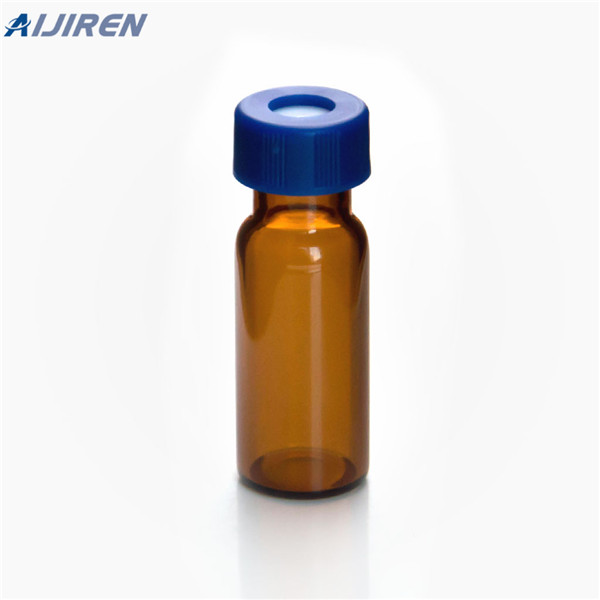
Aug 7, 2018 · Charting compatibility. Hopefully, this quick overview helps you identify the most appropriate membrane-solvent combination for your application. To compare between all the common membranes and solvents, review the chemical compatibility chart in our guide to laboratory membrane filtration principles and chemical compatibility.

This chart provides a guideline for the chemical resistance of materials used for vials and closures. Because so many factors can affect chemical resistance, it may be necessary to test your product under your actual conditions of use.

The key differences are chemical compatibility, flow rate, and burst pressure (i.e. strength). The material will also give variation in the effective filtration area (EFA) and therefore the capacity of the filter. The main options of syringe filters are below: PTFE Hydrophobic Syringe Filters 0.22 or 0.45um
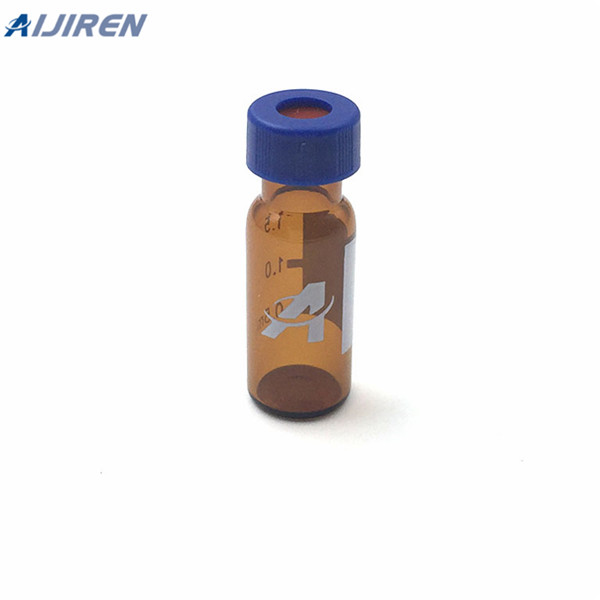
Choosing the right vials and well plates Vial and well plate products are an essential part of every chromatographic workflow—from sample storage and containment to analysis—and the products you choose can have an impact on the performance, reproducibility and accuracy of your results, as well as your profit margins.
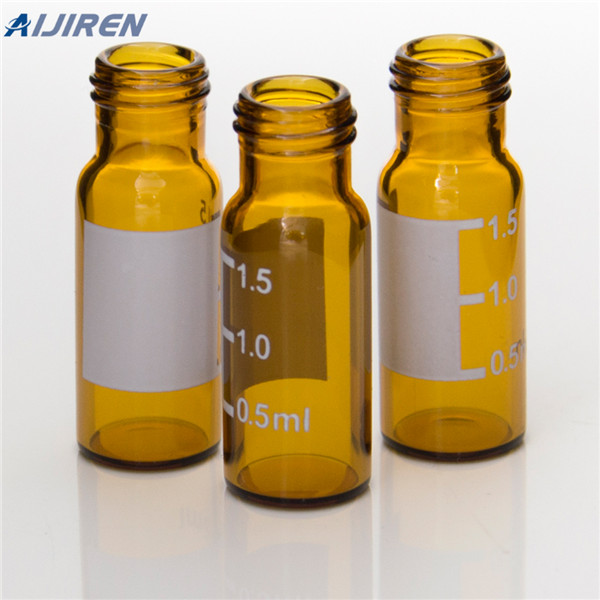
Polyethylene (LDPE and HDPE) Resistance Chart by Chemical. The chemical compatibility of LDPE and HDPE on this chart is tested at 20°C: and 50°C: for 7 days and 30 days (if applicable) with constant exposure. LDPE & HDPE resistance listed by chemical. 1.4-dioxane. LDPE / HDPE at 20°C: little or no damage after 30 days.